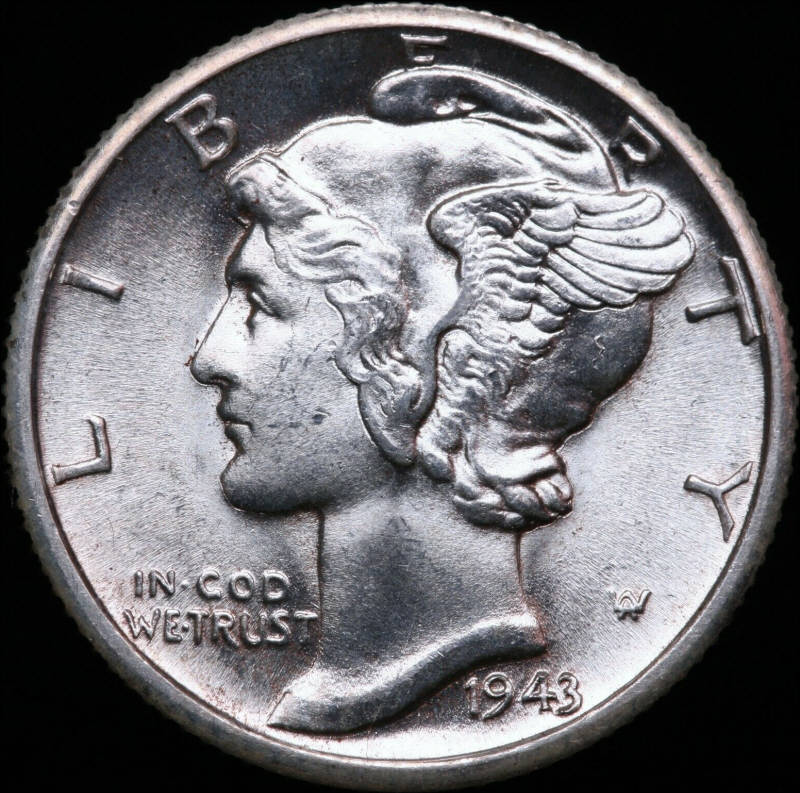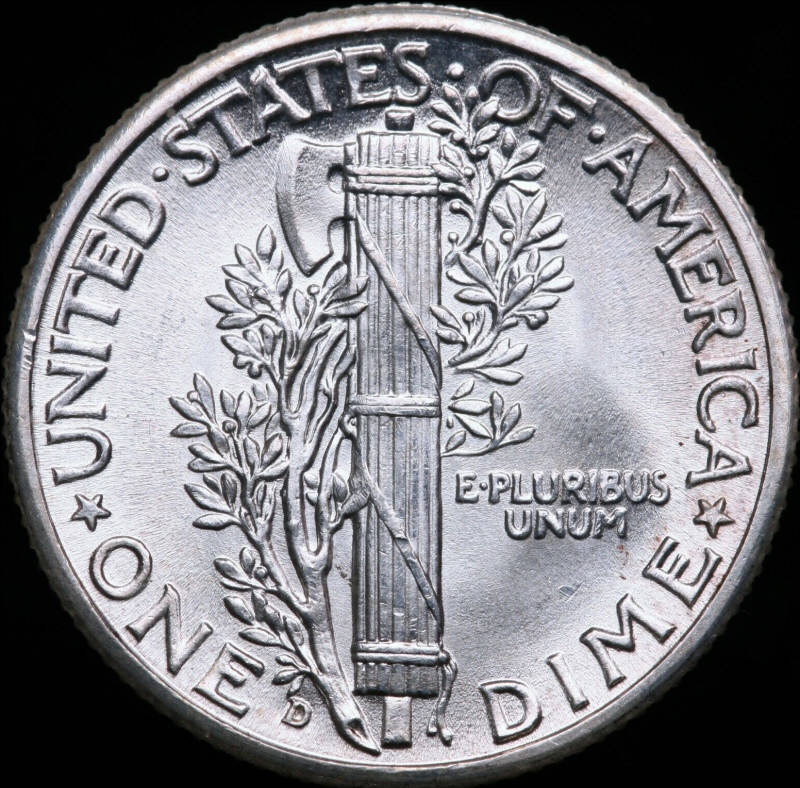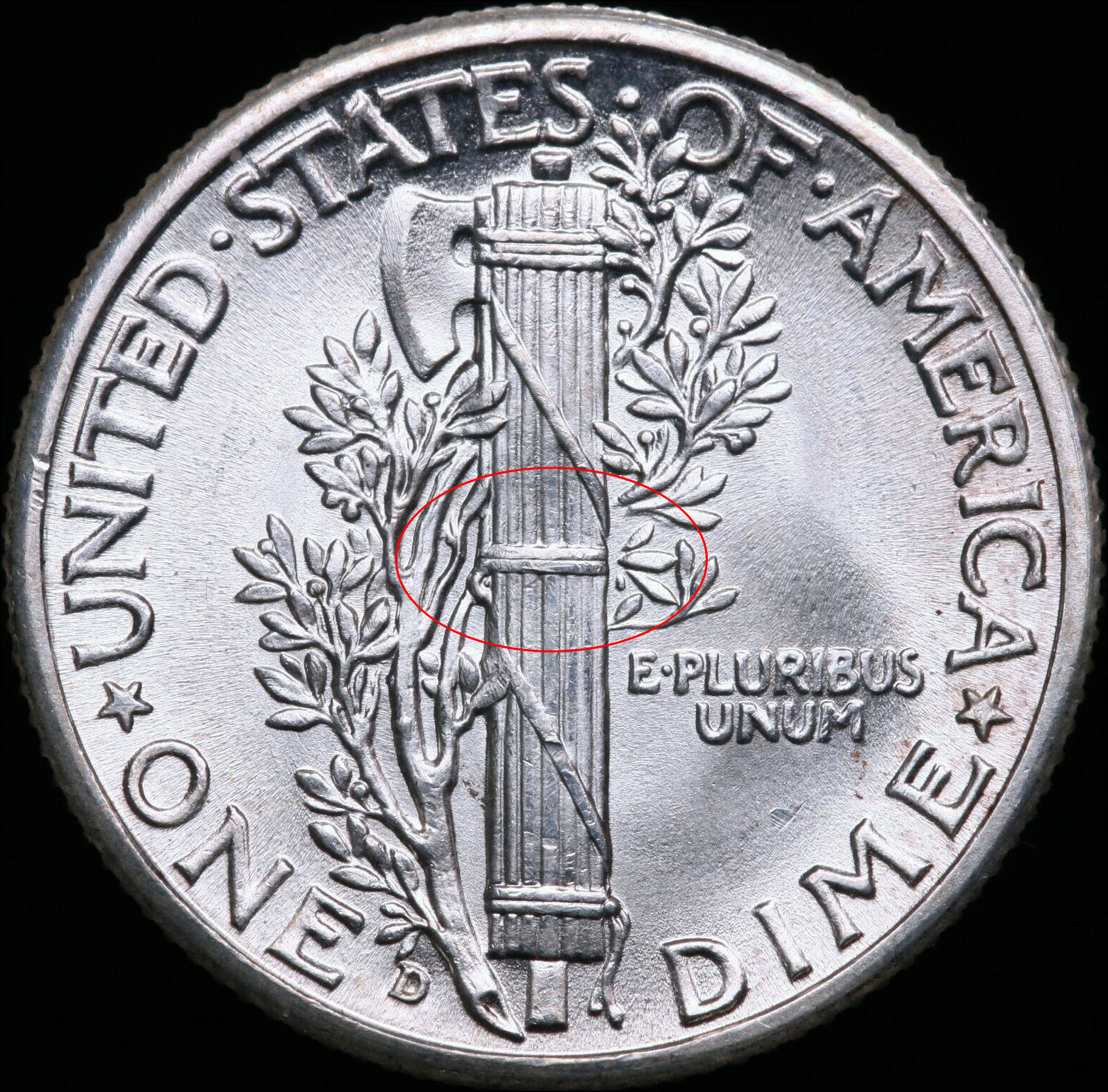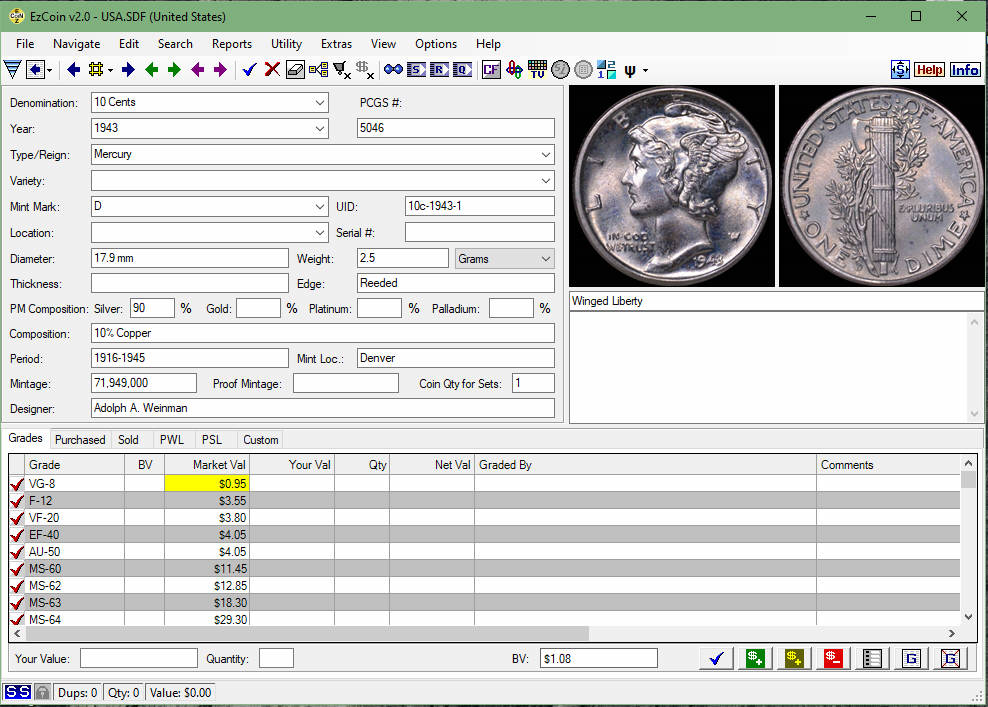 Spot the Difference if you Can #6
Spot the Difference if you Can #6
Mercury Dimes have been a favorite of mine since I was a child. Something about them that captivated me from my early days as a coin collector.
The above two coins look similar but there are two very important differences between them.
 |
 |
 |
The most obvious one is the Mint Mark: One has an S (San Francisco) & the other is D (Denver) mint mark (to the left of the Stem at the bottom. The S minted coin is worth a bit more.
But the most important difference is not an obvious one to the beginner or even someone who has been collecting coins for a while. This important difference applies to most of the Mercury Dimes or Winged Liberty Heads issued between 1916 to 1945.
There are two bands around the Fasces (looks like a column) . These bands are the High points of the coin & tend to wear out. Mercury dimes that bear strong strikes with full design details usually command a much higher premium than ones that are weakly struck or coins produced from worn dies. These are referred to as Full Split Bands or Full Bands and is a grading designation used for Mercury Dimes and are highly sought after by collectors compared to ones that do not have Full Bands.
To be designated as an FSB grade, there MUST be FULL separation all the way across the Fasces with no interruption of the bands.

Image Above: Worn bands : NOT FSB

Image Above: Full Split Bands : FSB ; Commands a large Premium
Major grading services such as PCGS & NGC will commonly designate FSB on Mercury Dimes that meet the above criteria and command huge premiums. Mercury dimes lacking Full Split Bands is a good indication that they were struck from weak or worn out dies.

I always look out for mercury dimes that have Full Split Bands and have been missed by dealers or collectors & regularly purchase them at quite low prices compared to what I can sell them for. Now you can do the same. Happy hunting